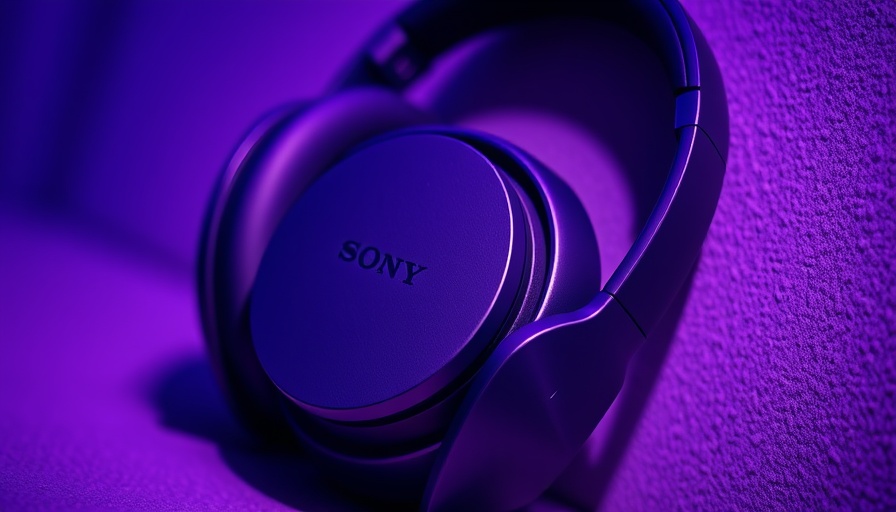
Are Sony WH-1000XM6 Headphones Worth Their Price Tag?
Investing $450 in a pair of premium headphones should yield not only exceptional performance but also promise for the future. Sony's latest offering, the WH-1000XM6, upholds the brand's renowned standards for sound quality and noise cancellation. However, a closer look reveals potential shortfalls regarding anticipated technological advancements that leave consumers questioning their future viability.
The Discrepancy in Sound Technology Standards
The modern audio landscape is rapidly evolving. USB-C has become the conduit for audio connectivity, yet Sony's decision to exclude USB-C audio passthrough in the WH-1000XM6 raises eyebrows. While competitors like Sennheiser and Apple have already integrated this essential feature into their flagship headphones, Sony remains tethered to a 3.5mm jack. As smartphone manufacturers phase out headphone jacks, the absence of USB-C support may soon prove inconvenient.
Bluetooth Technology: Staying Ahead of the Curve
Another concern is the inclusion of Bluetooth 5.3, which, although adequate for today's streaming needs, is no longer the latest standard. The newest version, 5.4, introduces crucial enhancements meant for IoT devices and new audio enhancements. Features that seem optional in the present can quickly transition to essential as technology progresses, potentially confining WH-1000XM6 users to outdated standards in the future.
Consumer Feedback: What Users Are Missing?
A recent poll highlighted consumer concerns over the WH-1000XM6 features. Many users expressed disappointment regarding the lack of USB audio, outdated Bluetooth, and even non-replaceable batteries. 27% of voters felt most impacted by the lack of USB audio. These statistics reveal that while the headphones excel in sound fidelity today, potential buyers are wary of their longevity and adaptability.
Why Future-Proofing Is Key for Audio Devices
The significance of future-proofing cannot be overstated in an era where technology evolves at a breakneck pace. Headphones harboring older technology may become obsolete sooner than anticipated, potentially leading to greater dissatisfaction for consumers. Buyers should seek devices that not only excel in the present but also adapt to the inevitable shifts in audio technology.
Reinforcing Competitive Features for Full-Featured Solutions
As industry standards progress, companies must prioritize not only superior audio quality today but also the frameworks that will accommodate future innovations. The trend towards sustainability and universal compatibility through features like USB-C should serve as a wake-up call for manufacturers. Those that fail to adapt may find themselves eclipsed by competitors willing to innovate.
Creating a New Expectation for Priced Devices
Bouncing off the expectations set by previous models, the WH-1000XM6 seems to lag when critically evaluated against peers on the market. As audio enthusiasts increasingly desire multi-functional devices that marry sound quality with cutting-edge features, the current Sony model raises questions about value in terms of investment. Would consumers rather invest in a model that limits their future options or one that embraces anticipated trends?
Conclusion: There’s More to Buying Headphones Than Just Sound
While the Sony WH-1000XM6 headphones offer impressive performance, the lack of USB audio and reliance on outdated Bluetooth raises important questions about their viability in the years to come. As users invest not just in sound quality but also in features adaptable for tomorrow, Sony may need to rethink its approach to stay competitive. The tech landscape is always shifting; embracing innovation is key to ensuring products remain relevant. For consumers, weighing both immediate performance and potential longevity is essential when deciding on their next audio companion.
 Add Row
Add Row  Add
Add 




 Add Row
Add Row  Add
Add 

Write A Comment